How the NSFW Side of the Animal World Became a TikTok Sensation
Putting the wild in wildlife.
Secret Obsessions is Atlas Obscura’s new column where we ask wondrous people to take us down a rabbit hole. This edition features TikTok star Mamadou Ndiaye, as told to Associate Editor Sarah Durn.
I guess you can blame The Lion King. I was probably six or seven when I first watched it and started to get interested in hyenas. I wasn’t really allowed to watch television on weekdays, but my parents made an exception for nature programs on Discovery Channel or Animal Planet because, you know, education. And one day, I caught this documentary about hyenas.
They’re deeply weird animals. They’re like cats that look like dogs, but they’re most closely related to mongooses. Then this documentary mentioned something about a “pseudo penis.” I didn’t know what “pseudo” meant. So I looked it up and … “fake”? I was like, “Huh, how does that work?” Then the program said this fake penis was on the females. Mic drop. I was seven years old. I didn’t understand much to begin with. And now I was really confused.
So the next day at school, I was sitting at lunch. One of my friends started talking about animals. That was when I knew it was my time to shine.
“Did you guys know that girl hyenas have fake penises?”

My friends were horrified. Others were shocked. Some couldn’t stop laughing. It was pretty much the perfect reaction—the kind of reaction I always hoped for when I dropped one of my animal facts. And I dropped lots of animal facts.
Then the teacher came over, beelining for me, and asked me what I had said. They couldn’t help cracking a grin, but told me to relax with all the freaky animal facts. “Not everyone is as into nature as you are.”
I mean, fair. But that didn’t stop me from doing more research. Apparently, female hyenas’ extra equipment is an enlarged clitoris. Someone upstairs decided they had to give birth through it, and it’s as bad as you’re thinking: pushing a three-pound baby out of opening less than an inch in size. Nature supremely screwed over the hyena.
Hyenas aren’t the only animals nature decided to mess with when it comes to reproduction. Take New Zealand’s kiwi. The chicken-sized bird has to lay eggs that are up to 20 percent of its own body weight. That would be like an average human giving birth to a baby that weighs more than 30 pounds.
But when it comes to horrible animal births, the sea louse would probably win. A male of this crustacean species kidnaps up to 25 females and then impregnates every single one. Once the females are ready to give birth, the babies chew through her and split her body in half. She doesn’t even give birth. Her babies just give her death.
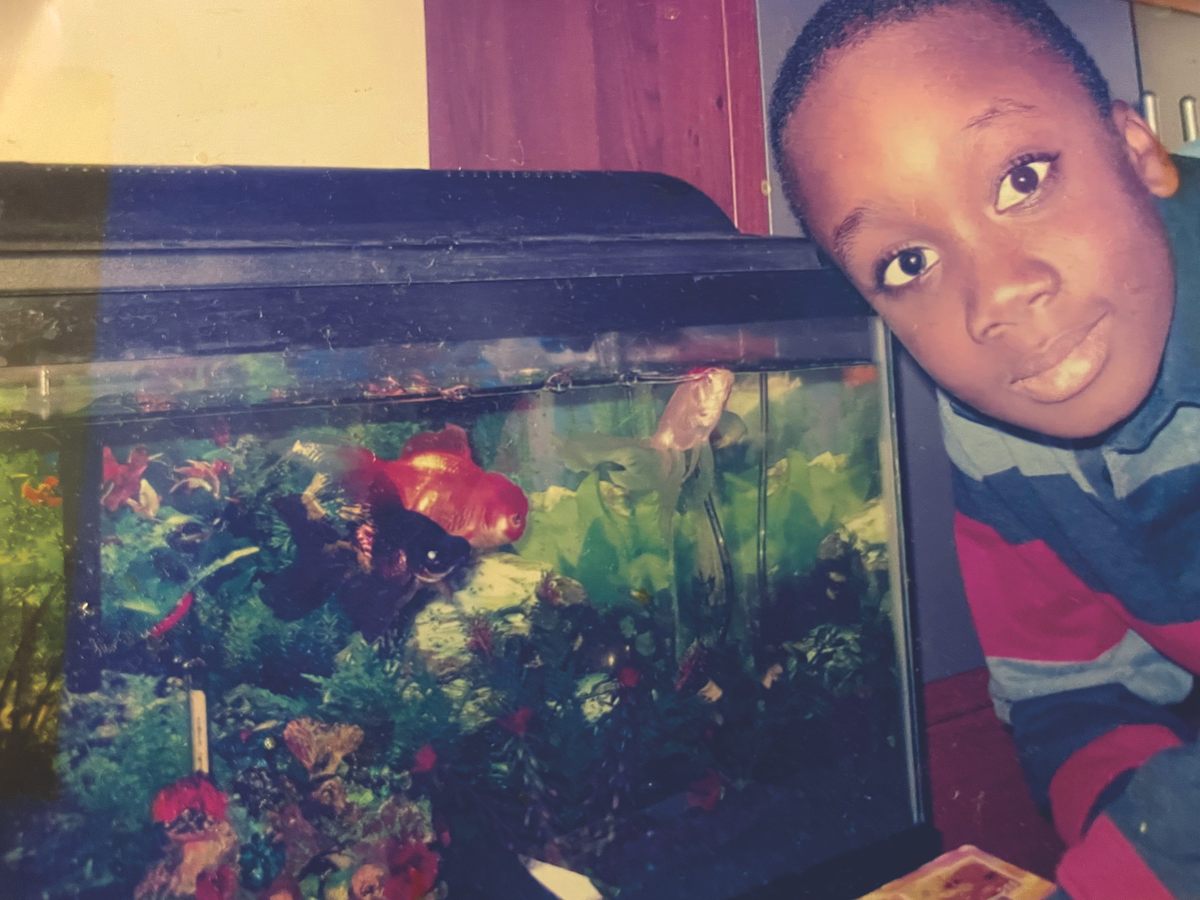
As I got older, animals started to take a backseat. I’d still spend hours googling kiwis and hyenas, but I got into other things, too. I started playing basketball. I got into video games. People still knew I was into animals, but it wasn’t as prevalent a part of my identity as it was in elementary or middle school. Aside from watching nature documentaries together, there just wasn’t a good way to share my interest in animals with friends. So more and more, I started keeping my terrifying sea louse facts to myself.
After high school, I went to Rutgers University in New Jersey. Even though I had always been interested in zoology, I didn’t want to be a vet and I didn’t really see other careers in animal science. Not everyone can be Steve Irwin. So I majored in environmental sciences, graduated in 2019, and got a job in environmental management in January 2020.
Then the pandemic hit. I was able to do some work remotely, but I saw the writing on the wall—how was I supposed to manage the environment if I couldn’t be out in the world? I was still in training. I knew I wasn’t long for that world. Bored, I downloaded TikTok as a joke. The next day I got the call that I was being let go. All of a sudden I had a lot of time on my hands and a new app on my phone.
I started to post some videos. They were mostly just situational comedy skits, like this one about dating apps. Then, on June 13, I posted my first animal video, “Animals that are BIGGER than you think.” Mostly I just wanted an excuse to show this photo of a moose walking next to a car. It had freaked me out and I wanted to freak other people out. It was like the lunch room all over again.

The video did well, so I posted another and another. I posted one about prehistoric animals that “make me seriously question God.” Titanoboa, a 40-foot prehistoric snake. Jaekelopterus rhenaniae, a scorpion bigger than people. That video did really well. I remember thinking I’m just going to keep doing this until people stop watching. I didn’t intend to monetize it. TikTok became this challenge and I wanted to see how many times I could win the viral video lottery.
Every day, I would spend two or three hours researching and writing videos, from “The one animal that sharks are terrified of” (dolphins) to “Facts I bet you didn’t know about your cat” (f a cat blinks at you, it’s their way of saying I love you). I’d wake up around 8 am and record all my videos for the day, usually three or four. To make sure I didn’t wake my family up, I spoke in this low monotone, and had this expressionless face. So here I am talking about some of the most outrageous animals you’ve ever heard of or never heard of, but my expression looks like I’m talking about paint drying. Somehow the juxtaposition worked.
Making the videos never felt like work. A lot of the research was stuff I’d do anyway, even if I still had my environmental management job. But now people tell me how I inspire them or their kids. I’ve had people say that they’re pursuing careers in zoology or marine biology because of my videos. Just the fact that something I do with my phone in my bedroom can inspire people on that kind of level—the way those nature documentaries inspired me—it’s crazy.
But I’m just doing what I’ve always done—finding interesting, weird, questionable, and downright disturbing aspects of the animal kingdom. Like sea otters. Sure, they’re cute and fluffy. But they also have some of the most aggressive mating habits of any animal on the planet. A male sea otter will grab a female and then clamp his vice-like jaws around her face to keep her still—so hard that he sometimes rips her nose pad off.
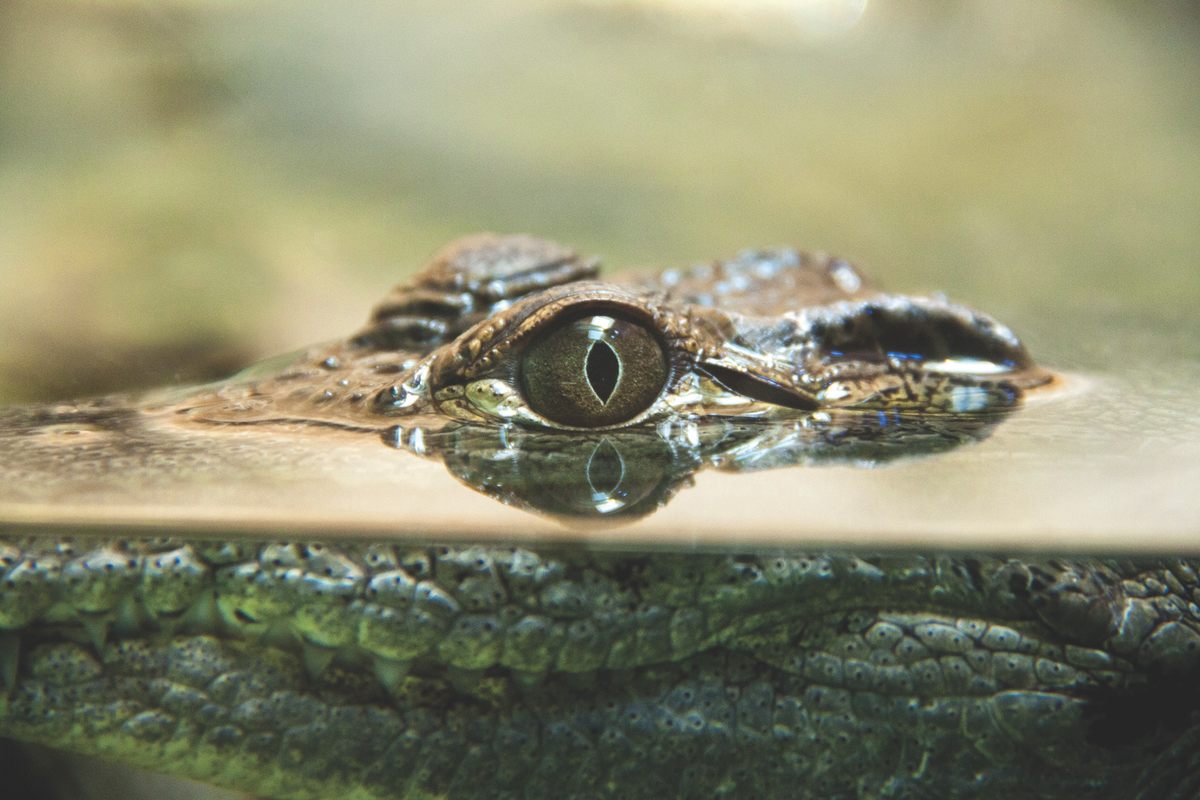
Then there are crocodiles. These adorable prehistoric bird-reptiles love flowers and will pick and carry them around, especially pink ones. Protective mama crocs carry their babies in their mouths. And long-snouted gharials are stand-up dads, who transport hundreds of babies on their backs like school buses with teeth.
There are baby-faced slow lorises, the only venomous primate in the world. A slow loris bite can cause severe pain, swelling, and an allergic reaction that can escalate all the way to anaphylactic shock. Their venom can even cause flesh to rot away, which is why some lorises have been seen with half their faces melted off.
Nature is brutal. It can be ugly and it can be uncomfortable, but it can also be beautiful. It can be a lot of things, but if you just focus on Disney’s version, you’re not seeing the whole picture.
Mamadou Ndiaye (@mndiaye_97) has garnered millions of views on TikTok for his animal videos. He is the author of the new book 100 Animals That Can F*cking End You.
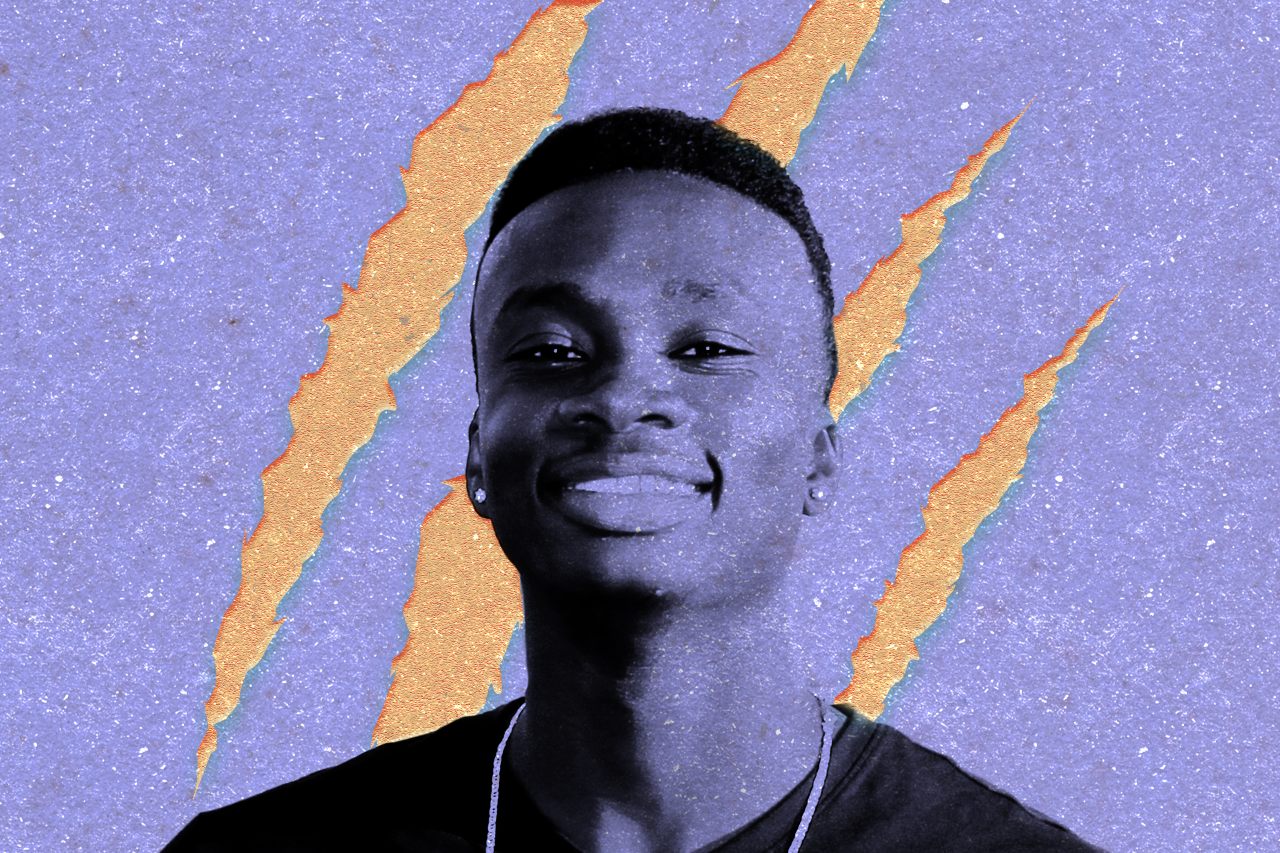

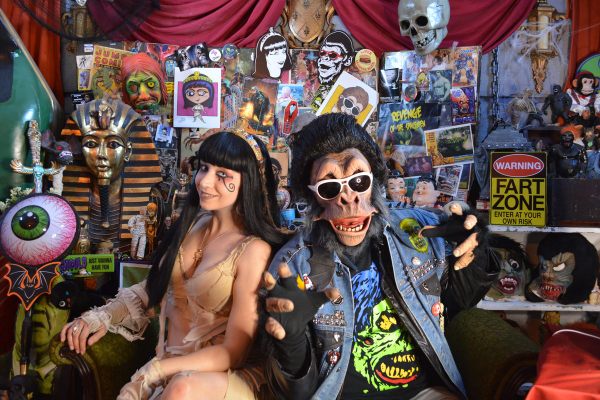
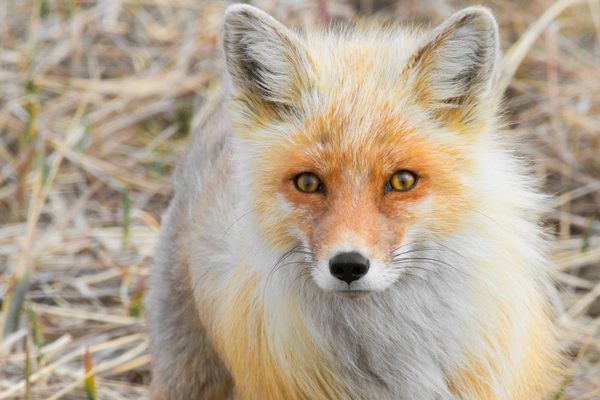




















Follow us on Twitter to get the latest on the world's hidden wonders.
Like us on Facebook to get the latest on the world's hidden wonders.
Follow us on Twitter Like us on Facebook